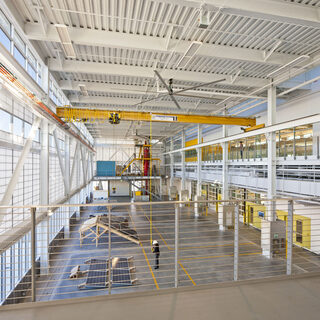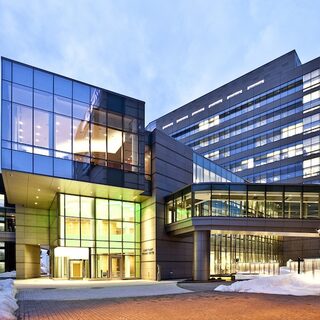Tradeline's industry reports are a must-read resource for those involved in facilities planning and management. Reports include management case studies, current and in-depth project profiles, and editorials on the latest facilities management issues.
Latest Reports
Survey Points to Continued Slow Growth in Academic Research Space
Research space at academic institutions increased 3.5 percent from fiscal year 2009 to 2011, one of the lowest two-year growth rates since a peak in 2001-03, according to the National Science Foundation's (NSF) most recent Survey of Science and Engineering Research Facilities. In that time period—the most recent data the NSF has—institutions planned fewer projects, and fewer projects came to fruition, an indicator that this "slow growth" trend will continue. The main growth area continued to be the biological and biomedical sciences.
Project Demand and Market Stability Expected to Escalate Capital Construction Costs
Continued signs of stable economic growth indicate that the recovery is gaining momentum in many parts of the United States and Canada. Construction selling prices for institutional projects grew at a 6 percent annualized rate in 2012, on top of a 3 percent increase in 2011. Construction costs are expected to continue stabilizing and rising in many regions as market confidence and capital spending increase.
Georgia Tech Integrates High Bay and Mid Bay with Labs and Offices
The Carbon Neutral Energy Solutions (C-NES) Laboratory at the Georgia Institute of Technology integrates three distinct types of space to create a research environment that offers optimal flexibility. The 42,000-sf building is designed to facilitate research programs of today and tomorrow by featuring not only labs and offices, but also high-bay spaces capable of housing large or heavy pieces of equipment and mid-bay spaces where the equipment is usually less than 10 feet tall.
Peter Irving Wold Science Center
The three-story, 42,000-gsf integrated teaching and research facility includes state-of-the-art laboratories—supporting biochemistry, environmental science and engineering, computer engineering, and acoustical engineering—as well as general-use classrooms. The central organizing atrium with its popular Science Café is both a thoroughfare and destination. Labs and classrooms open off the atrium, with progressively quieter zones for study and faculty office suites extending away from the atrium.
Building Information Modeling Aids Design, Construction, and Long-Term Maintenance
The University of Massachusetts, Suffolk Construction Company, and Architectural Resources Cambridge approached the UMass Medical School's Albert Sherman Center with three major goals in mind: to visualize the building using 3-D Virtual Design and Construction, manage construction through comprehensive Building Information Modeling, and collect that data in a usable format to better maintain and operate the building in the future.





